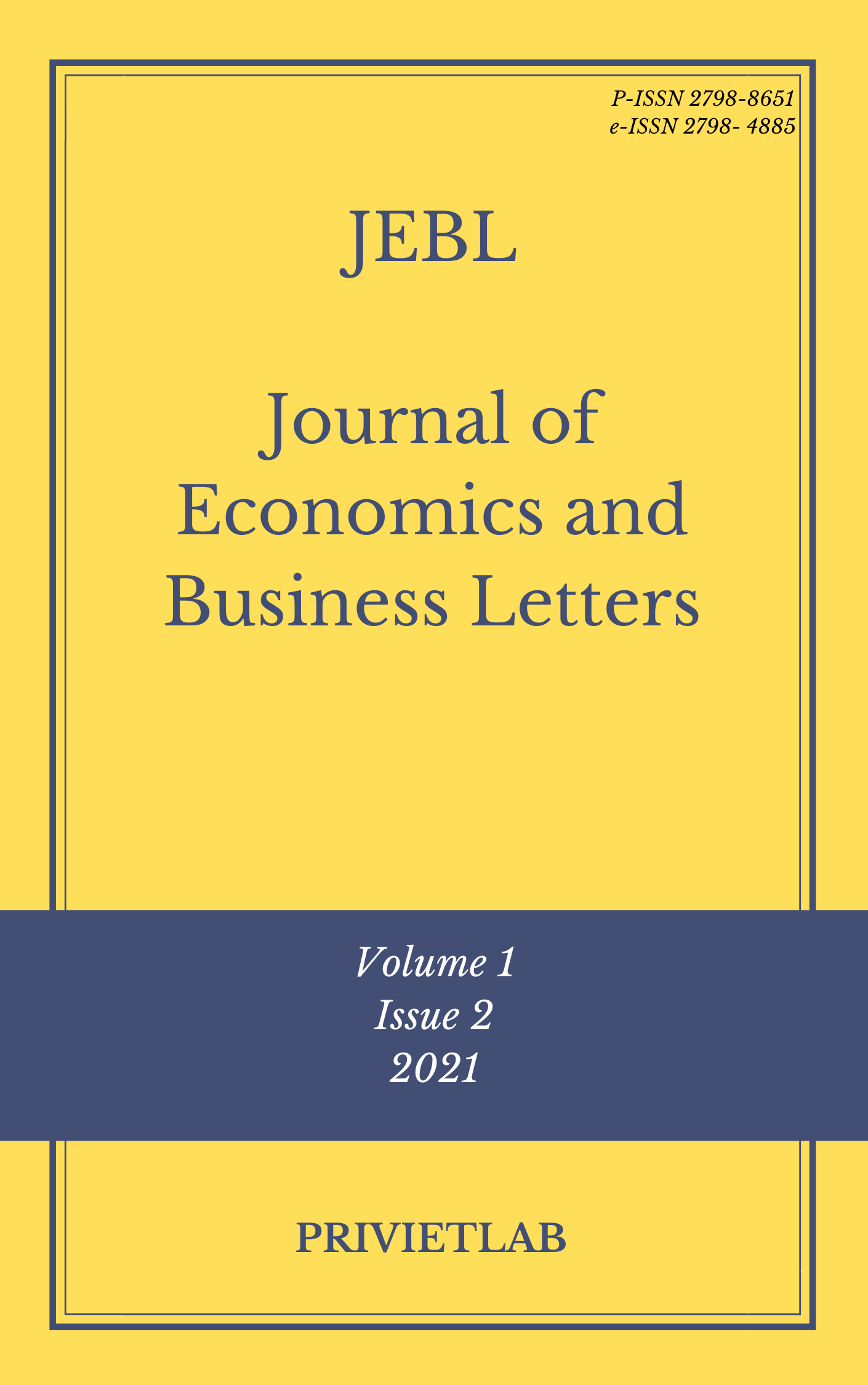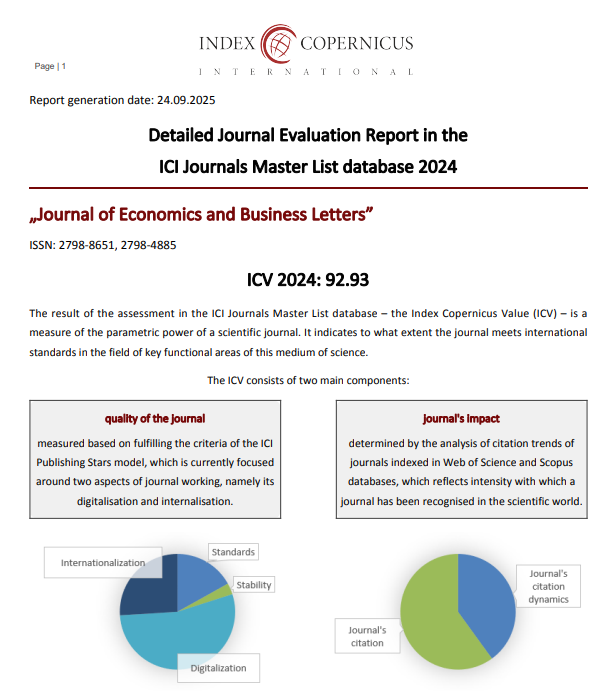How to select tax audit cases?: a literature review of research in tax avoidance
DOI:
https://doi.org/10.55942/jebl.v1i2.89Keywords:
tax avoidance, tax revenue, big data analycticsAbstract
Currently, DGT is experiencing a shortage of tax auditors. As a result, DGT was unable to meet the tax collection goal. This issue, I think, may be addressed by developing a tax audit case selection model. This model employs the tax avoidance variable, which is assessed by the amount of adjustment in the modified tax assessment, as well as various factors classified as company characteristics, firm activities, and BOD characteristics. To develop this model, DGT should alter the format of tax returns in order to get the necessary information from taxpayers. Then, DGT must choose an analytical technique to evaluate the data. Because DGT has a large amount of data, I suggest utilizing the big data analytics approach, and I think that the regression model is outdated. So, I think that this approach will be useful in making DGT better in the future, since DGT may find it simpler to pick tax audit cases that will have a significant effect on tax collection. Unless DGT creates this paradigm, I think DGT will be unable to achieve its goal indefinitely. This article aims to describe certain tax avoidance measures and some tax avoidance factors that will be helpful in developing a tax audit case selection model. Furthermore, I'd want to show how DGT might evaluate such determinants in order to construct a suitable model.
Downloads
Published
How to Cite
Issue
Section
License
Copyright (c) 2021 Journal of Economics and Business Letters

This work is licensed under a Creative Commons Attribution 4.0 International License.
















